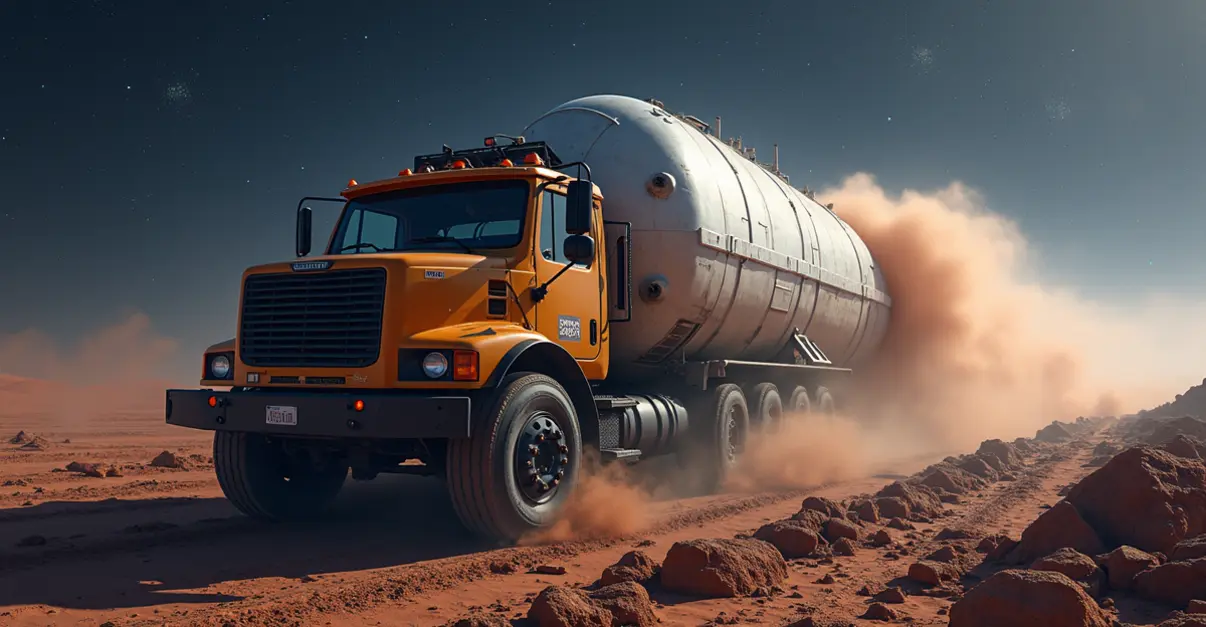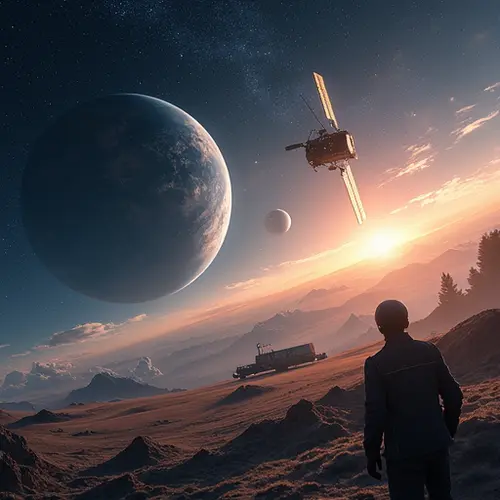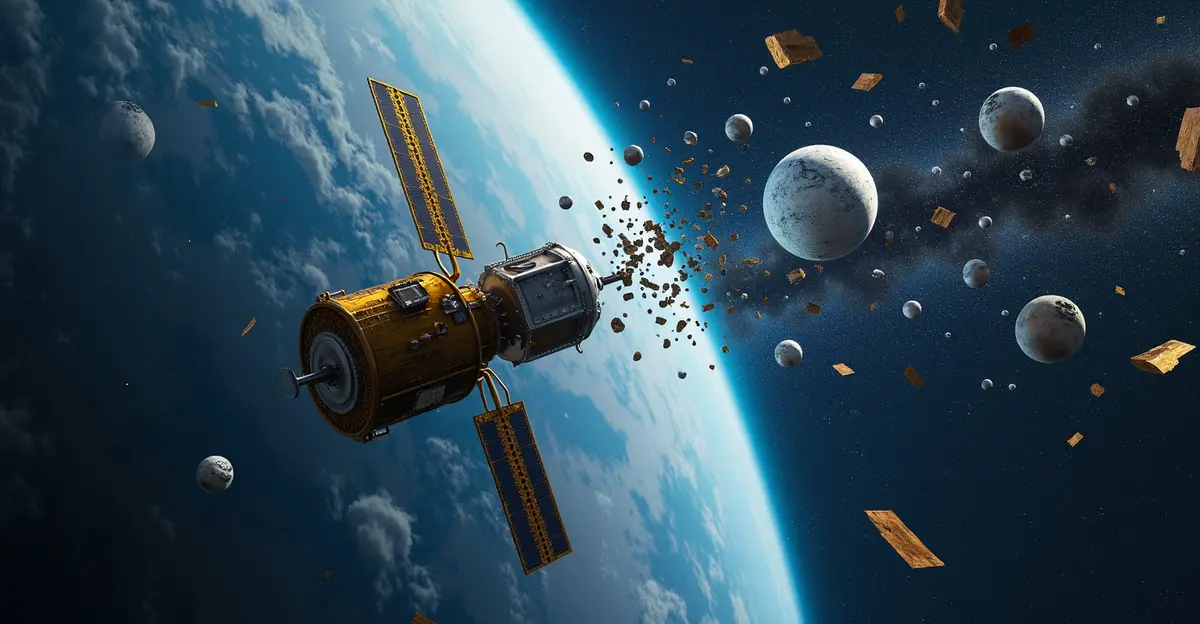Companies like Astroscale and ClearSpace are developing orbital 'tow trucks' to remove space debris. The $540M market uses subscription models and government contracts to address growing collision risks from 40,000+ tracked objects.

The Growing Problem of Space Debris
With over 40,000 tracked objects orbiting Earth and millions of smaller fragments, space debris has become a critical threat to satellites, the International Space Station, and future space missions. 'We're facing a cascade effect where collisions create more debris, which creates more collisions,' explains Dr. Lisa Porter, a space sustainability expert at the European Space Agency. The situation has become so severe that companies are now developing specialized 'tow trucks' for orbit - spacecraft designed to capture and remove defunct satellites and rocket stages.
Leading Companies in Orbital Cleanup
Astroscale's Revolutionary Approach
Tokyo-based Astroscale has pioneered a multi-object debris removal system that recently received a U.S. patent. Their innovative approach uses a 'servicer' spacecraft that captures dead satellites and hands them off to a 'shepherd' satellite for controlled reentry. 'This transforms space cleanup from expensive one-at-a-time missions into a scalable, reusable service model,' says Mike Lindsay, Astroscale's Chief Technology Officer. The company's ELSA-M mission, scheduled for 2026 and backed by ESA and OneWeb, will demonstrate this capability.
ClearSpace's Targeted Solutions
Swiss company ClearSpace is developing specialized capture systems for different types of debris. Their ClearSpace-1 mission, targeting a 112-kilogram payload adapter in orbit, represents one of the first commercial debris removal contracts. 'We're building the equivalent of roadside assistance for space - when your satellite reaches end-of-life, we come and tow it away,' explains ClearSpace CEO Luc Piguet.
How Removal Contracts Are Structured
Subscription-Based Models
The emerging business model for space debris removal resembles subscription services. Companies like Astroscale offer 'end-of-life service agreements' where satellite operators pay an annual fee for guaranteed removal when their satellites reach retirement age. 'It's like paying for a parking spot you'll use in 15 years - except this parking spot is moving at 17,500 miles per hour,' notes space industry analyst Maria Rodriguez.
Government Contracts and Public-Private Partnerships
Government agencies are driving much of the initial demand. The European Space Agency has committed €86 million to debris removal initiatives, while NASA and other space agencies are funding demonstration missions. ESA's Clean Space initiative has become a major customer for these orbital tow truck services.
Performance-Based Agreements
Most contracts include performance milestones and risk-sharing mechanisms. 'We don't get paid until we successfully capture and deorbit the target,' explains an Astroscale business development manager. This structure ensures companies deliver results while managing the technical challenges of rendezvous and capture operations.
Market Growth and Economic Drivers
The space debris removal market is projected to grow from $100 million in 2024 to $540 million by 2029, representing a 38.8% compound annual growth rate. This explosive growth is driven by several factors:
- Regulatory pressure: The FCC now requires satellite operators to deorbit within 5 years of mission completion
- Insurance costs: Collision risks have driven satellite insurance premiums up 15-20%
- Constellation growth: Companies like SpaceX and Amazon plan to launch over 65,000 satellites by 2030
- National security: Protecting vital navigation and communication networks
Technical Challenges and Solutions
Capturing objects in orbit presents unique challenges. Debris tumbles unpredictably, making rendezvous difficult. Companies are developing advanced technologies including:
- Magnetic docking systems for 'cooperative' targets
- Robotic arms and nets for uncooperative objects
- Laser tracking and guidance systems
- Autonomous collision avoidance
'The hardest part isn't getting to the debris - it's convincing it to hold still while we attach,' quips a ClearSpace engineer.
The Future of Orbital Sustainability
As the space economy grows to $371 billion annually, debris removal has become essential infrastructure. The success of these orbital tow trucks will determine whether we can maintain access to space for future generations. 'We're building the garbage trucks for space before the neighborhood becomes uninhabitable,' concludes Dr. Porter. With continued innovation and international cooperation, these companies are creating a sustainable future in orbit.

 Nederlands
Nederlands
 English
English
 Deutsch
Deutsch
 Français
Français
 Español
Español
 Português
Português









